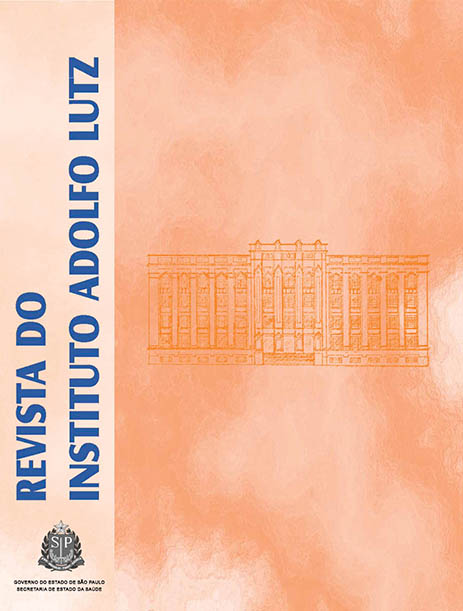Abstract
Talinum fruticosum Juss (L.) is an unconventional plant belonging to the family Portulacaceae; it is a herbaceous perennial plant that grows in tropical regions as a foliaceous vegetable. T. fruticosum leaves area source of fiber and minerals and they contribute to assemble the micronutrients for daily nutritional requirements. These plants supply the essential nutrients to the human organism; however, these plants contain antinutritinal factors such as lectins and tannins which may compromise their bioavailability. In the present study, the T. fruticosum leaves samples were investigated on proximate composition and antinutritional factors. Samples were exposed to heat treatment for washing and for cooking for 10 min. These procedures neither significantly changed the carbohydrates and lipids contents, nor eliminated the hemagglutinating activity which is inactivated at 70 °C, although no effective reduction of tannin from the leaves was observed.
References
1. Peumans WJ, Van Damme EJM. 1995. The role of lectins in plant defence. J. Histochem. 1995; 27:253-71.
2. Santos MAT. Efeito do cozimento sobre alguns fatores antinutricionais em folhas de brócoli, couve-fl or e couve.Ciênc Agrotecn.. 2005; 30(2), 294-301.
3. Silva MM, Silva MAAP. Fatores antinutricionais: inibidores de proteases e lectinas. Rev Nutr. 2000 ,(13),3-9.
4. Cardoso MO. Hortaliças não-convencionais da Amazônia. Brasília: Embrapa-SPI: Manaus: Embrapa-CPAA.1997. 150p.
5. Association of Offi cial Analitycal Chemists - AOAC.. Offi cial Methods of Analysis. 15th ed. Washington; 1990.
6. Association of Offi cial Analitycal Chemists - AOAC.. Offi cial Methods of Analysis, 17th ed. Washington; 2000.
7. Dubois M, Gilles KA, Hamilton, JK, Rebers PA, Smith F. Colorimetric method for determination of sugars and related substances. Analytic Chemist.1956; 28(3), 350-6.
8. Moreira RA, Perrone JC. Purifi cation and partial characterization of a lectin from Phaseolus vulgaris. Plant Physiology, 1977; 59(5): 783-7.
9. Bradford MMA. A rapid and sensitive method for the quantifi cation of microgram quantities of protein utilizing the principles of dye inding. Analyt. Biochem. 1976; 72(1/2), 248-54.
10. Ranganna S. Manual of analysis of fruit and vegetables products. New Delhi: Tata McGraw-Hill Publishing Company Limited, 1977. 634p.
11. Aletor VA, Adeogun OA. Nutrient and antinutrient constituents of some tropical leafy vegetables. Food Chem. 1995; 53(4): 3775-79.
12. Wallace PA, Marfo EK, Plahar WA. Nutritional quality and antinutritional composition of four non-conventional leafy vegetables. Food Chem. 1998; 61(33), 287-91.
13. Sing G. Kawatra A, Sehgal S. Nutritional composition of selected green leafy vegetables, herbs and carrots. Plant Foods for Hum Nutr. 2001; 56(4): 359-64.
14. Salazar J, Velásquez R, Quesada S, Piccinelli AL, Rastrelli L. Chemical composition and antinutritional factores of Lycianthes synanthera leaves (chomte). Food Chem. 2006; 97(2): 343-8.
15. Vasconcelos IM, Oliveira JTA. (2004). Antinutritional properties of plant lectins. Toxicon. 2004; 44(4): 385–403.
16. Umaru HA, Adamu R, Dahiru D, Nadro MS. (2007). Levels of antinutritional factors in some wild edible fruits of Northern Nigeria. African J. Biotechnol. 2007; 6(16), 1935-8.
17. Del-Vechio G, Corrêa AD, Abreu CMP, Santos CD. Efeito do tratamento térmico em sementes de abóboras (cucurbita spp.) sobre os níveis de fatores antinutricionais e/ou tóxicos. Ciênc. Agrotec. 2005; 29(2): 396-72.

This work is licensed under a Creative Commons Attribution 4.0 International License.
Copyright (c) 2009 Instituto Adolfo Lutz Journal
